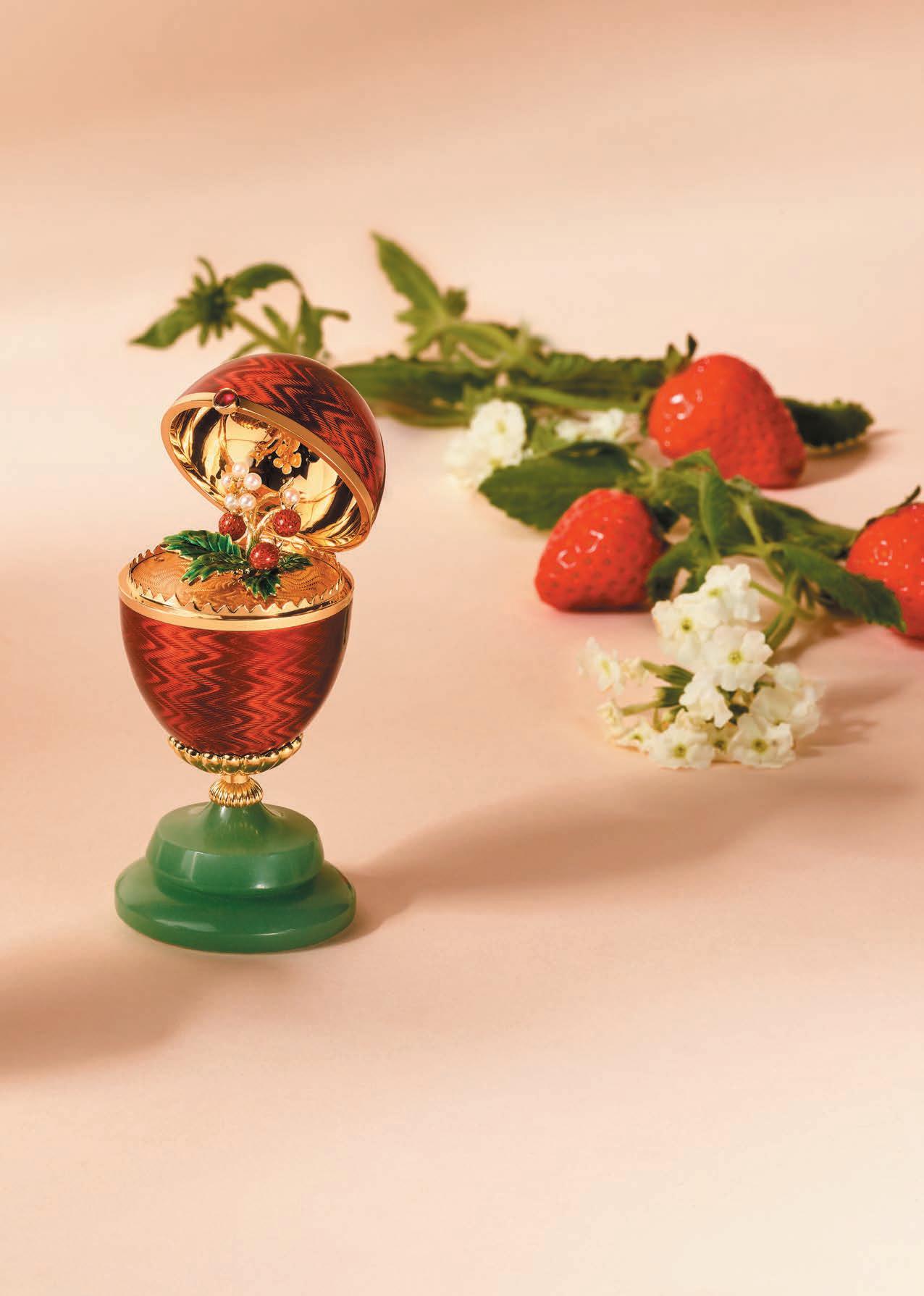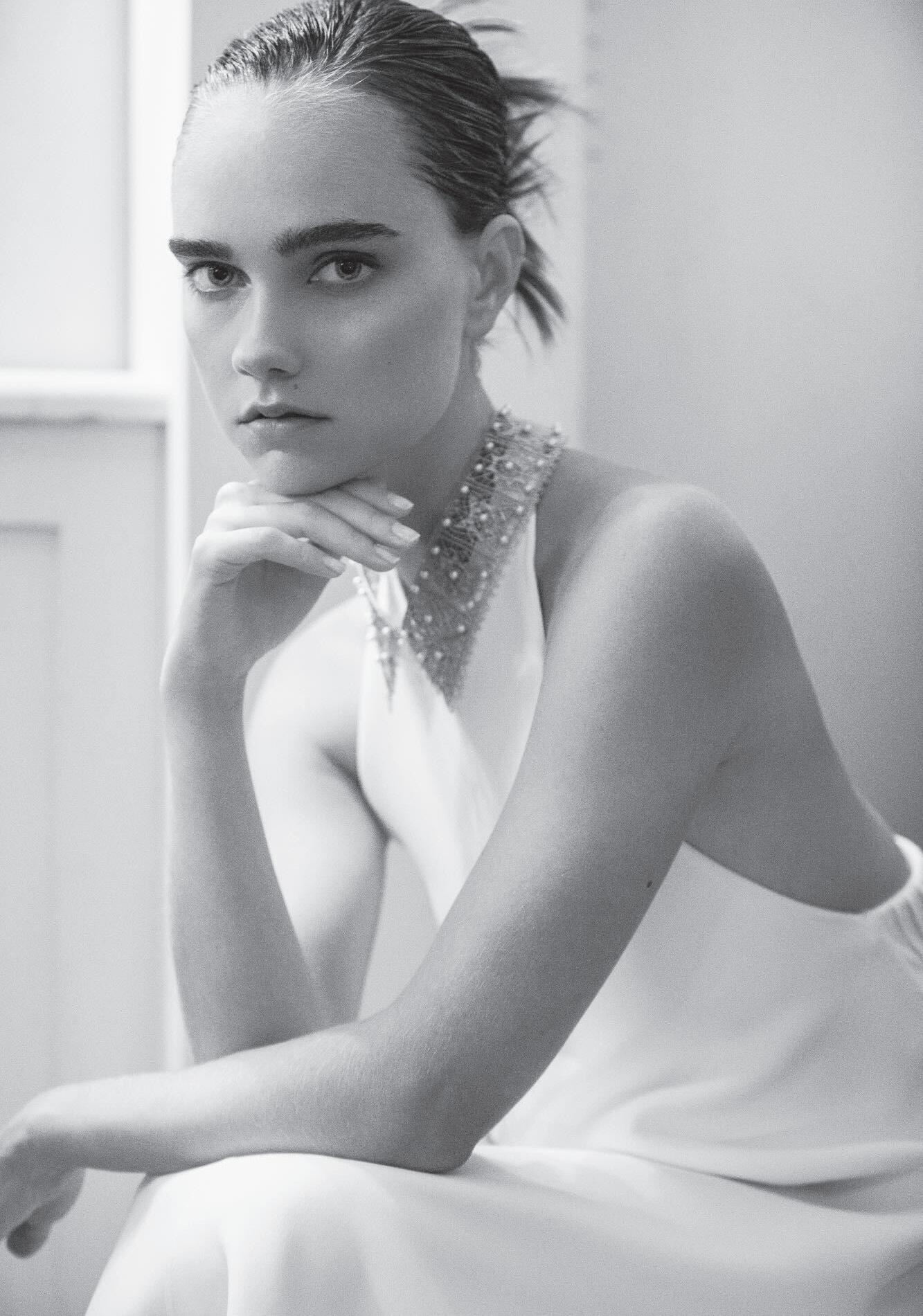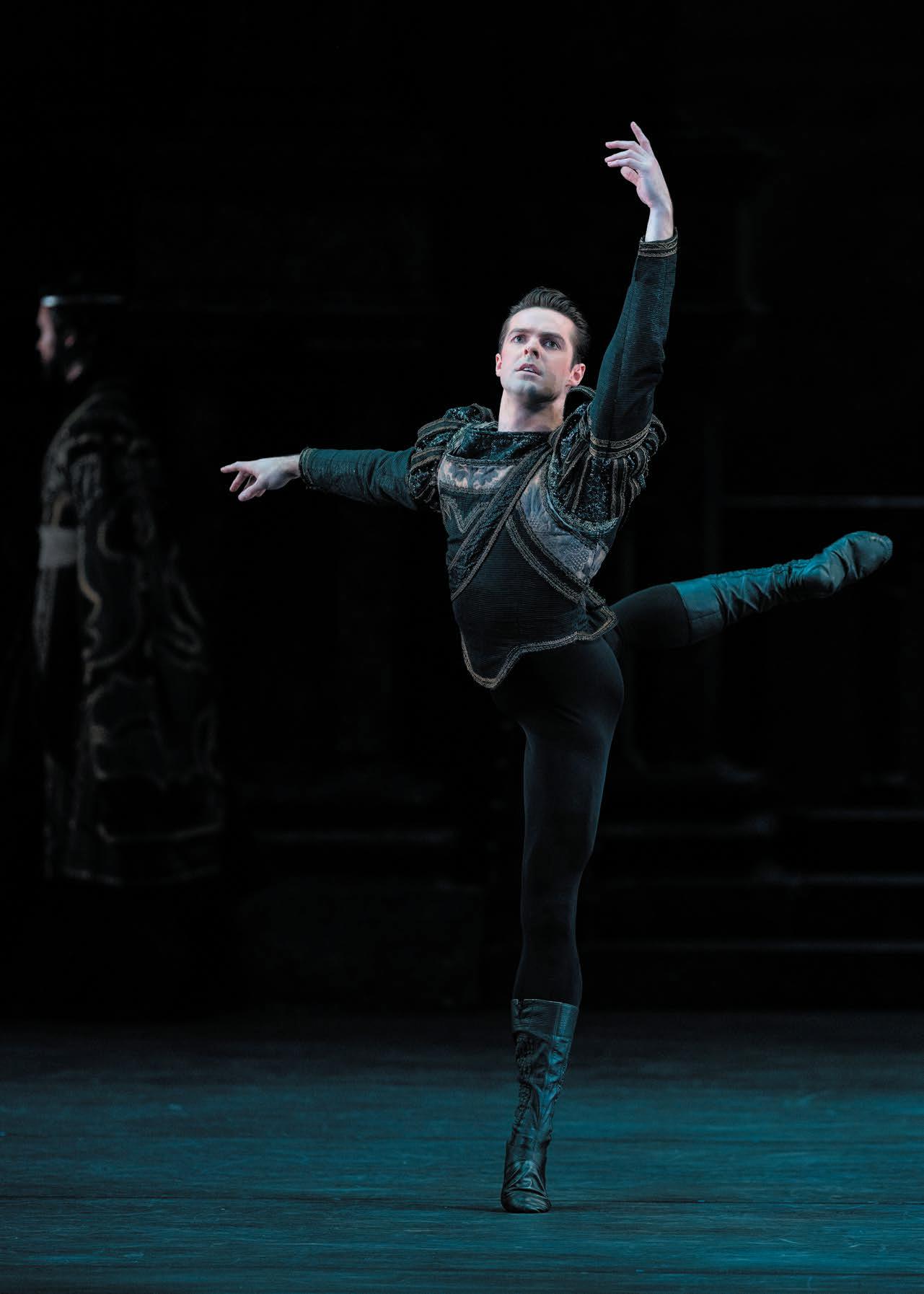
3 minute read
THE ULTIMATE EASTER EGG
from Burlington's - April 2023
by CPL One
Springtime may be synonymous with eggs, but some are prized above all others – the fabulous pieces created by Fabergé. The name evokes images of the lavish world of the last tsars of Russia and the priceless treasures created by Peter Carl Fabergé, renowned as ‘the last of the great goldsmiths’
Words: Deborah Mills e pieces were subsequently exhibited at the Nuremberg Fair of 1885, where Fabergé was awarded the gold medal. is followed his gold medal at the Pan-Russian Exhibition in Moscow in 1882, but many more honours were to follow.
Advertisement
Fabergé was the son of a St Petersburg goldsmith: a man who dedicated his life to the creation of priceless treasures for the Imperial family. e Fabergé name traces back to 17th-century France and the reign of Louis XIV. Of Huguenot stock, the Fabergé family was persecuted and ed to Russia, eventually settling in St Petersburg – then capital of Russia and home to the Imperial Court –which had been created at enormous expense by Tsar Peter the Great from marshlands close to the Finnish border.
Fabergé’s international reputation spread when he was invited to make copies of a number of Scythian treasures from 400BC. e results were so perfect that the Tsar was unable to see any di erence between the originals and the work of Fabergé.
Fabergé’s work re ected the highest traditions of European applied art, using the nest materials and the best cra smen in his workshops. Changing from the then contemporary heavy pieces of precious stones and metals to less expensive stones and natural minerals from Russia – guilloche enamel, deep-green jade, black obsidian, rock crystal and quartz – his creations were restrained elegance.
BY ROYAL APPOINTMENT
Fabergé’s reputation continued to grow from the end of the 19th century with his appointment, by Alexander III in 1885, as Court Jeweller to the Tsars, which transformed him from a ne cra sman into an international, highclass – and very royal – brand. With this appointment began one of the most astonishing examples of the goldsmith’s art: the Imperial Easter eggs – a commission that was to last more than 30 years. e Imperial Easter eggs were intricate masterpieces of invention, opulence and cra smanship. Royal patronage also led to commissions from the wealthy families of Russia, and soon the love for all things Fabergé had spread to Europe and the world. Everyone wanted to possess some unique object from his workshops –from kings and princes to earls, dukes and great ladies of fashion. e fame of the House of Fabergé spread to Britain, where Edward VII ensured that his wife, Queen Alexandra, received many pieces – as did the stream of ladies who gained his royal approval.
THE END OF AN ERA e Russian Revolution of 1917 spelled global cataclysmic change, with disorder, chaos, violence and bloodshed culminating in the execution of Tsar Nicholas II,
Fabergé lived through one of the most turbulent periods in the history of Russia – and, indeed, the world. However, the calm, patient values of the master cra sman were constantly maintained at a time when change was in the air, accelerated by Russia’s disastrous war against Japan and involvement in World War I, both of which depleted the country’s wealth and manhood.
Alexandra Feodorovna, and their daughters and son, Alexei. ey were killed by Bolshevik soldiers in 1918, thus bringing an end to the Romanov dynasty – and marking an end of the House of Fabergé.
Fabergé was forced to ee from his homeland, dying in Switzerland in 1920. e death of the master cra sman was the end of an era, severing the link between the opulence of Imperial Russia and the egalitarianism of the modern world.
Coveted Items
Famous owners of the eggs have included Dr Emanuel Nobel, a wealthy Swedish businessman living in Russia, who was the nephew of the inventor of dynamite, Alfred Nobel – now remembered for the Nobel Prize. e ballerina, Zucchi, received such wild adulation from the Russian audience a er one performance that she almost disappeared under innumerable bouquets of owers and was presented with an open box containing a Fabergé necklace of huge diamonds, a gi from her admirer, Prince Vassiltchikov. e second Fabergé Imperial Easter egg (Hen with Sapphire Pendant) has become a mystery – no photographs or illustrations exist. e egg certainly contained a hen, covered in gold with rose diamonds, taking a sapphire egg out of its nest. e egg made it to the Kremlin, where it was included in a 1922 inventory, but its subsequent movements are unclear. Some believe it was sold to raise funds for the new provisional government, while others think it might have been lost in the chaos following the Russian Revolution. Its whereabouts today are unknown. e Fabergé brand lives on, however, displaying a sophisticated beauty that recaptures past times.
Today, the Kremlin Armoury in Moscow has 10 Imperial eggs, and one private Russian collector holds 15. e Royal Collection in London has three. An unknown collector is purported to hold the most expensive Fabergé egg, the third Imperial Easter egg, valued at more than US$33m.












